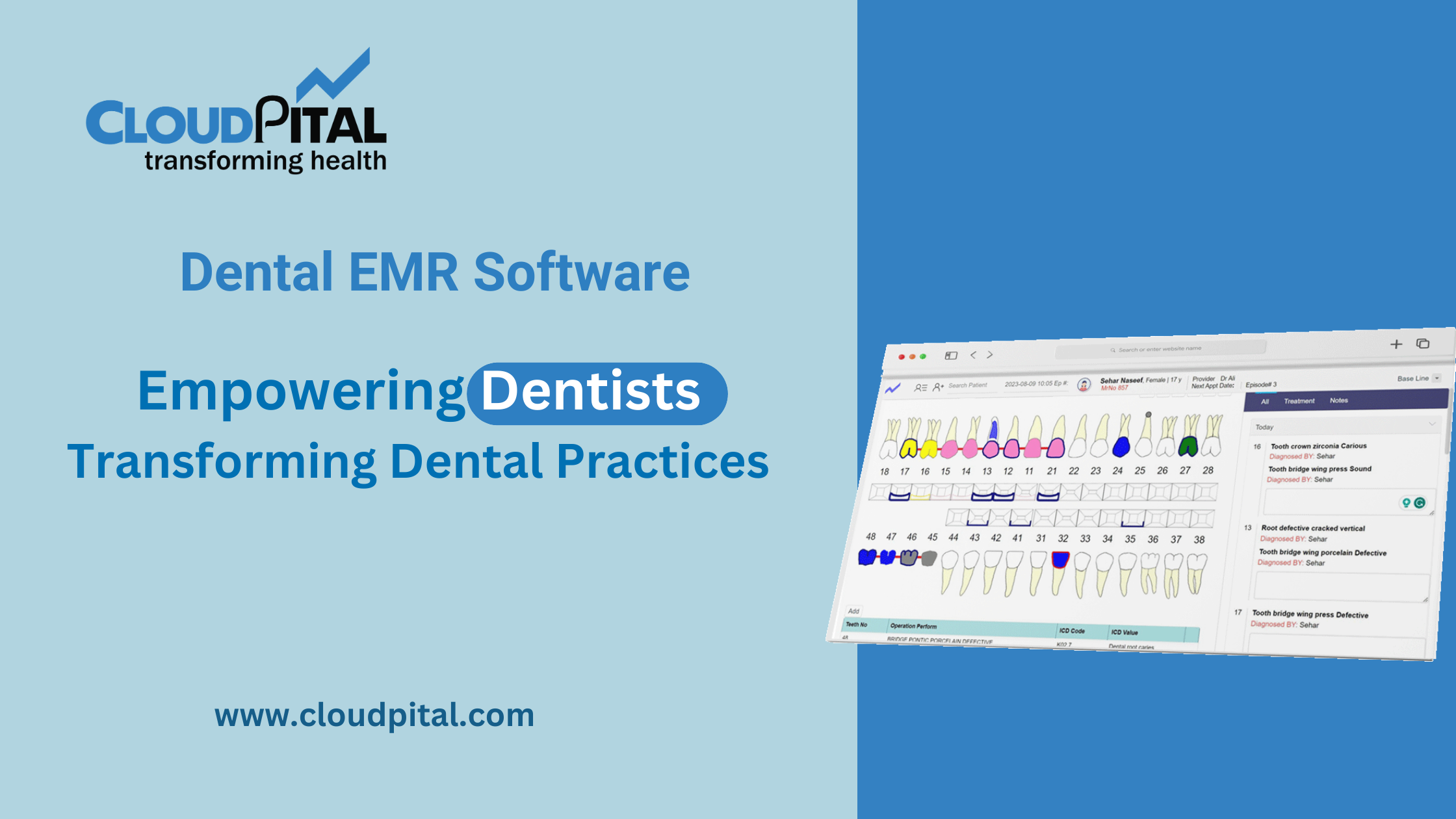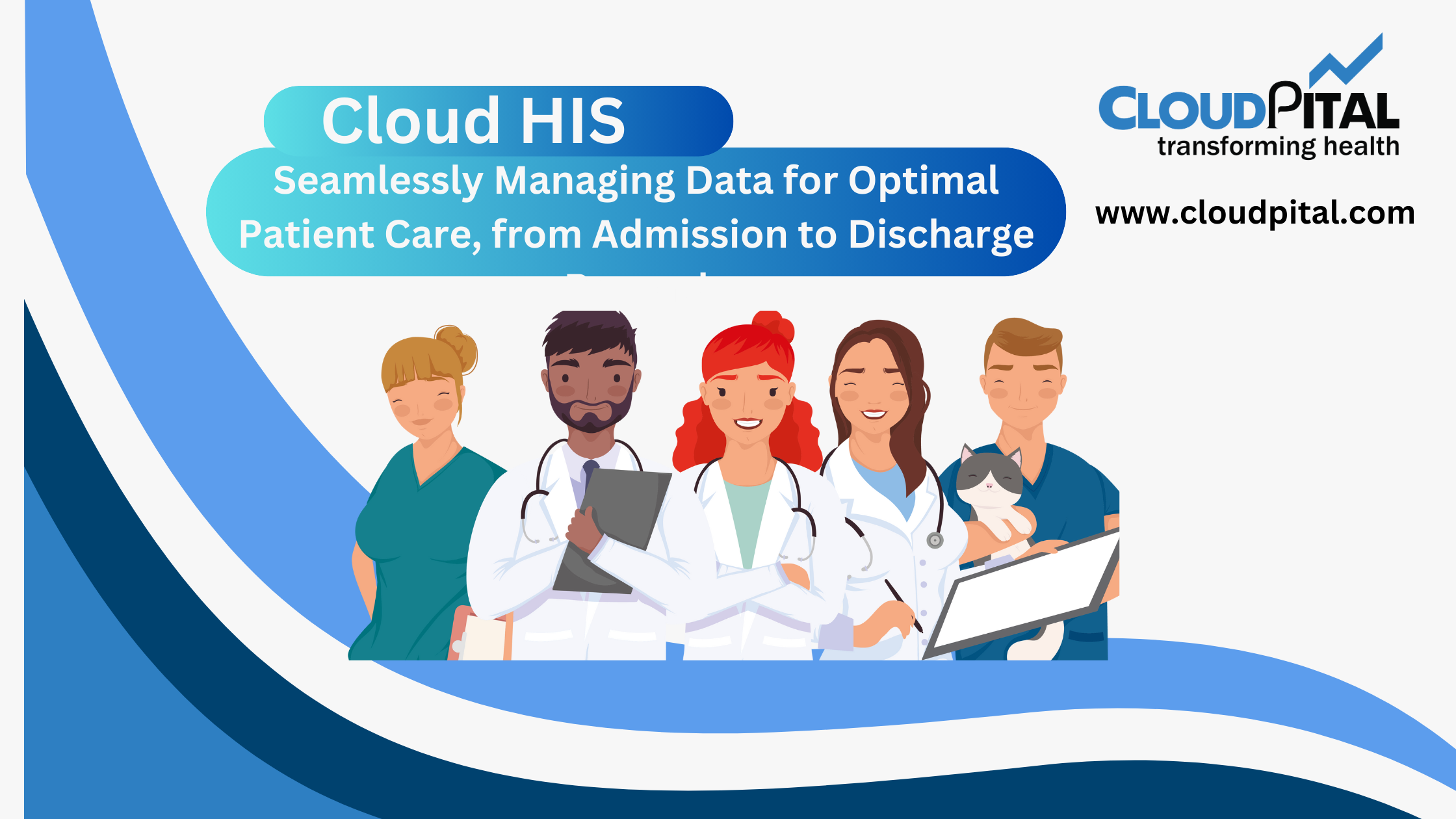Cloudpital # 1 is one of the top Remote Patient Monitoring is a revolutionary technology in healthcare that leverages digital devices and telecommunication to monitor patients’ health outside traditional clinical settings. By continuously gathering and transmitting patient data to healthcare providers, RPM offers significant benefits that enhance the efficiency of healthcare delivery. This technology not only improves patient outcomes but also streamlines healthcare operations, making it a valuable tool for providers. Here’s how RPM enhances healthcare provider efficiency:
Click to Start Whatsapp Chatbot with Sales
Mobile: +966547315697
Email: sales@cloudpital.com
Cloudpital # 1 Remote Patient Monitoring

Streamlined Data Collection and Management
Remote Patient Monitoring systems automatically collect and transmit patient health data, such as vital signs, glucose levels, and heart rates, to healthcare providers. This automation reduces the need for manual data entry, minimizing human error and saving time. Healthcare providers can access accurate, real-time data, enabling them to make informed decisions quickly. The streamlined data collection process ensures that providers have a comprehensive view of a patient’s health without the administrative burden.
Enhanced Patient Monitoring and Early Intervention
Continuous monitoring allows healthcare providers to detect early signs of potential health issues before they escalate into serious conditions. For instance, fluctuations in a patient’s vital signs can prompt immediate intervention, preventing complications that could lead to hospitalizations. Early intervention not only improves patient outcomes but also reduces the strain on healthcare resources, as providers can manage conditions more effectively with timely care.
Reduction in Hospital Admissions and Readmissions
By managing chronic conditions and monitoring post-discharge patients remotely, RPM significantly reduces the need for hospital admissions and readmissions. Patients with conditions like hypertension, diabetes, and heart disease can be monitored at home, with healthcare providers intervening as needed to keep their conditions stable. This reduction in hospital visits not only improves patient quality of life but also decreases the workload on hospital staff, allowing them to focus on critical cases.
Improved Resource Allocation
RPM allows healthcare providers to allocate their resources more efficiently. With continuous monitoring, providers can prioritize patients based on their current health status and needs. High-risk patients can receive immediate attention, while those with stable conditions can be monitored remotely. This targeted approach ensures that healthcare resources, including personnel and equipment, are used where they are most needed, optimizing operational efficiency.
Enhanced Patient Engagement and Compliance
Remote Patient Monitoring systems often include features that encourage patient engagement, such as reminders for medication and follow-up appointments. When patients are more involved in their care, they are more likely to adhere to treatment plans, leading to better health outcomes. This increased compliance reduces the need for frequent follow-ups and re-treatments, freeing up healthcare providers to attend to other patients and tasks.

Time-Saving Virtual Consultations
Hospital Software in Saudi Arabia facilitates virtual consultations, reducing the need for in-person visits. Healthcare providers can review patient data and conduct consultations via telehealth platforms, saving time for both providers and patients. Virtual consultations are particularly beneficial for routine check-ups and follow-ups, allowing providers to manage their schedules more efficiently and reduce waiting times for patients.
Better Chronic Disease Management
Chronic diseases require ongoing management, and RPM provides a continuous stream of data that helps healthcare providers track and adjust treatment plans as needed. This proactive management reduces the frequency of acute episodes and hospitalizations. Providers can use the data to identify trends and make evidence-based adjustments to care plans, ensuring that patients receive optimal treatment without unnecessary clinical visits.
Reduced Administrative Burden
The integration of RPM with electronic health records (EHRs) reduces administrative tasks for healthcare providers. Data from RPM devices can be automatically uploaded to EHRs, ensuring that patient records are up-to-date without manual input. This automation reduces paperwork and administrative workload, allowing providers to spend more time on patient care and less on documentation.
Efficient Management of Large Patient Populations
For healthcare providers managing large patient populations, RPM offers an efficient way to monitor multiple patients simultaneously. Advanced RPM systems can alert providers to any deviations from normal parameters, allowing them to focus on patients who need immediate attention. This capability is particularly useful in settings like home health care and community health programs, where providers need to oversee the health of many individuals.
Facilitation of Multidisciplinary Care
RPM enables better coordination among multidisciplinary care teams. Different healthcare providers, such as primary care physicians, specialists, and nurses, can access shared patient data and collaborate more effectively on treatment plans. This collaborative approach ensures that all aspects of a patient’s health are addressed, improving care quality and efficiency.
Enhanced Predictive Analytics
With the wealth of data collected through Comfort Care Hospice healthcare providers can leverage predictive analytics to anticipate health issues and trends. By analyzing patterns and correlations in the data, providers can predict which patients are at risk of developing certain conditions and intervene proactively. This predictive capability enhances preventive care and reduces the incidence of severe health problems, optimizing healthcare delivery.
Conclusion
Remote patient monitoring significantly enhances healthcare provider efficiency by streamlining data collection, enabling early intervention, reducing hospital admissions, and improving resource allocation. By encouraging patient engagement, facilitating virtual consultations, and reducing administrative burdens, RPM allows providers to focus more on patient care. The integration of predictive analytics, multidisciplinary care coordination, and support for home health services further optimizes healthcare delivery. As technology continues to advance, the role of RPM in improving healthcare efficiency and patient outcomes will only grow, making it an indispensable tool in modern healthcare systems.
Click to Start Whatsapp Chatbot with Sales
Mobile: +966547315697
Email: sales@cloudpital.com
Remote Patient Monitoring
Remote Patient Monitoring
Remote Patient Monitoring
Remote Patient Monitoring improve healthcare provider efficiency similar software solutions prices were updated on 2025-06-15T19:19:22+00:00 in Saudi Arabia in Mecca, Medina, Riyadh, Khamis Mushait, Yanbu, Jeddah, Dammam, Unaizah, Uqair, Ha’il, Ta if, Al Bahah, Dhahran, King Abdullah Economic City, Najran, Diriyah, Qatif, Khafji, Jubail, Abqaiq, List of Cities and Towns in Saudi Arabia, Ras Tanura, Turubah, Jazan Economic City, Knowledge Economic City, Medina, Khobar, Abha, Tabuk, Saudi Arabia, similar software solutions prices were updated on 2025-06-15T19:19:22+00:00 We also provide in Saudi Arabia services solutions company in Hafar Al-Batin, Udhailiyah, Al-Awamiyah, Hofuf, Hautat Sudair, Buraidah, Tayma, Duba, ‘uyayna, Saihat, Al-Kharj, Al-ula, Jizan, Rumailah, Ar Rass, Arar, Shaybah, Al Majma’ah, Rabigh, Dhurma, Haradh, List of Saudi Cities by Gdp Per Capita, Badr, Sudair Industrial City, Baljurashi, Shaqraa, Al-Khutt, Habala, Ad Dawadimi, Dawadmi, Layla, similar software solutions prices were updated on 2025-06-15T19:19:22+00:00 Price is SAR 100 and this was updated on updated on 2025-06-15T19:19:22+00:00 similar Remote Patient Monitoring improve healthcare provider efficiency software solutions prices were updated on 2025-06-15T19:19:22+00:00 in Saudi Arabia in Haql, Afif, Al-Abwa, Farasan, Al-Jaroudiya, Thadig, Al-Thuqbah, Al Wajh, Almardmah, Al-Zilfi, Muzahmiyya, Prince Abdul Aziz Bin Mousaed Economic City, Tharmada’a, Skaka, Um Al-Sahek, Sharurah, Tanomah, Bisha, Dahaban, Al Qunfudhah, Qurayyat, Saudi Arabia, Ha’ir, as Sulayyil, Al Lith, Turaif, Al-Gway’iyyah, Samtah, Wadi Ad-Dawasir, Az Zaimah, Safwa City, Jalajil, Harmah, Mastoorah, Hotat Bani Tamim, Jabal Umm Al Ru’us, Rafha, Qaisumah, Al-Ghat, Hajrah, Al-Hareeq. Excerpt: Jeddah (also spelled Jiddah, Jidda, or Jedda; Arabic: Jidda) is a Saudi Arabian city located on the coast of the Red Sea and is the major urban center of western Saudi Arabia similar software solutions prices were updated on 2025-06-15T19:19:22+00:00 Price is SAR 100 and this was updated on updated on 2025-06-15T19:19:22+00:00
6-24-2024



